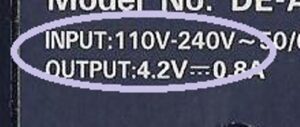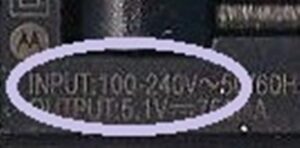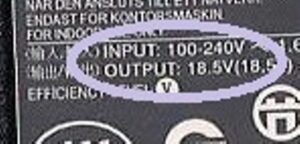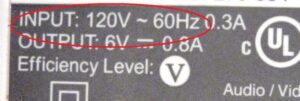One of the biggest mistakes novice international travelers make is to not have the proper plug adapters with them when they travel. So many of us are used to the standard 2-pin, or perhaps 3-pin, plug for the US that we can also use when we go to Mexico or to Canada. Ah, but those plugs won’t work in Europe, Asia, Africa, Australia, you know—most places outside North America. What’s the solution, you might be thinking of asking?
The companies that make those big and bulky all-in-one adapter/converter contraptions want you to think that their apparatus is what you must have. Admittedly, their device is handy in that you only need to have one item with you. But one of the drawbacks is that you can plug just one of your pieces of technology into it, making it rather less valuable if you’re also wanting to plug in your phone, your laptop, your e-reader, etc. Another drawback is that it is quite bulky and heavy, two characteristics that are not desirable when you do a lot of traveling. Well then, what’s the solution?
There are actually two pieces to the solution: (1) Making sure your equipment is dual voltage, and (2) buying small individual adapters. The first piece seems like it should be a natural, but we know it’s not. The second one is quite simple, not very costly, and is covered in this other Travel Tip.
Checking for dual voltage capability: Just because you’re traveling to another country doesn’t necessarily mean that it uses a different voltage than we do in the United States. There are some countries outside the USA that also use 110 voltage, but it’s not the norm. The pictures below show three different power supplies for “personal technology” devices.


 Notice the circled areas (yes, they’re actually ovals, but have you ever heard ‘ovaled’ being used as a verb?). What is being highlighted in each power supply is the input voltage being about 110V-240V. This is critical for going to most countries outside the USA. Saying “about 110V” means that the dual input voltage might be shown as 100V-220V all the way up to 120V-240V, with variations in between. But if there aren’t two numbers like that, then your power supply is single voltage only, and it won’t work for you in countries that use a different voltage system.
Notice the circled areas (yes, they’re actually ovals, but have you ever heard ‘ovaled’ being used as a verb?). What is being highlighted in each power supply is the input voltage being about 110V-240V. This is critical for going to most countries outside the USA. Saying “about 110V” means that the dual input voltage might be shown as 100V-220V all the way up to 120V-240V, with variations in between. But if there aren’t two numbers like that, then your power supply is single voltage only, and it won’t work for you in countries that use a different voltage system.
I know that from experience. Notice the AC adapter shown in the picture below.
 See how the Input voltage is 120V? That means that this is a single-voltage AC power supply, and that it won’t work in the higher voltage (220V-240V) countries. What happens if you do plug it into one of those higher-voltage outlets? Well, it works for about 3 seconds before the smoke and the burning smell begin. Then you unplug it, let it cool off, and throw it away—you’ve just burned it out! And I did that on a visit to Sydney, Australia. It was a set of speakers for my iPod. The acrid smoke filled the room, and I almost burned my hand pulling the plug out of the socket!
See how the Input voltage is 120V? That means that this is a single-voltage AC power supply, and that it won’t work in the higher voltage (220V-240V) countries. What happens if you do plug it into one of those higher-voltage outlets? Well, it works for about 3 seconds before the smoke and the burning smell begin. Then you unplug it, let it cool off, and throw it away—you’ve just burned it out! And I did that on a visit to Sydney, Australia. It was a set of speakers for my iPod. The acrid smoke filled the room, and I almost burned my hand pulling the plug out of the socket!
Just to make sure that you don’t end up with that burned out adapter or power supply, check the power supply on each device that you’re planning on taking with you on your next trip. If it’s not dual voltage, then talk to a technology wizard about what you need to do.
If you are not yet getting my weekly newsletter that also contains a Travel Tip like this, Click Here to sign up, and get a free copy of my novel Murders in SYDNEY.
Happy Travels — Thanks for reading!
Stuart Gustafson, America’s International Travel Expert®
1 thought on “TRAVEL TIP #201: Check Devices for Dual-Voltage Capability”
Comments are closed.